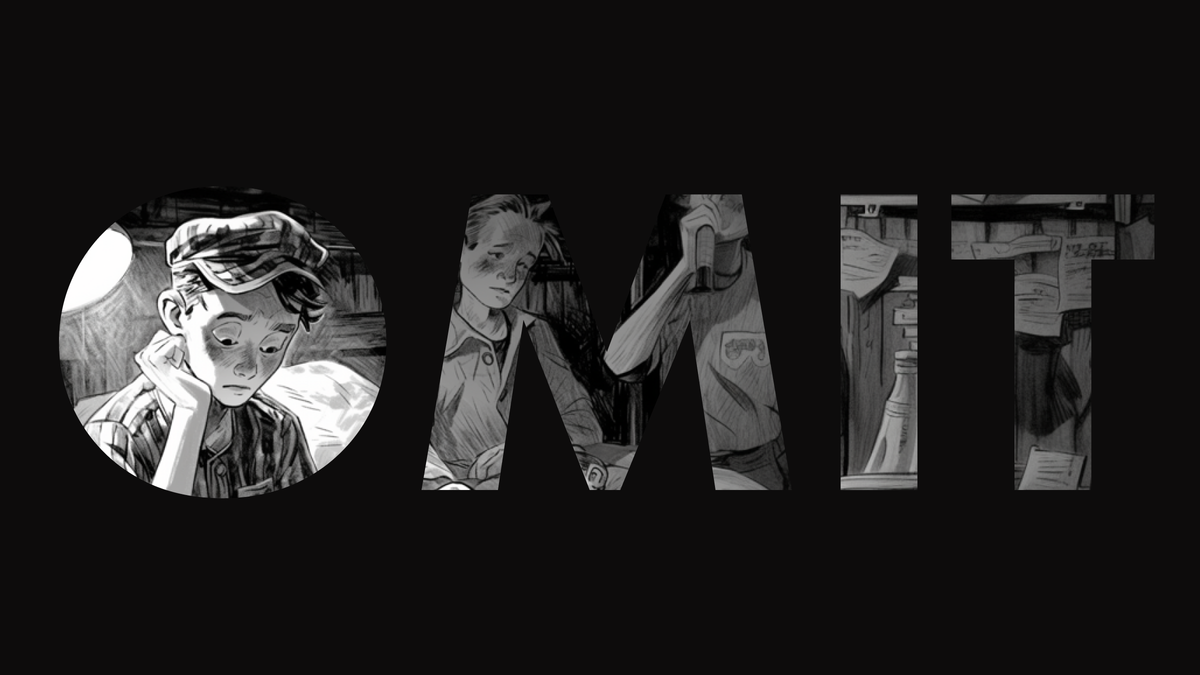Stop getting your designs ignored by developers

There is nothing more disappointing than pouring time and effort into a design and having the implemented result look nothing like what you intended.

It's a tale as old as time. You have a sinking feeling that your developer handoff is imperfect, that there are best practices you're missing, but you're not quite sure how to improve. Meanwhile, paranoia sets in: you start to wonder if the developers are ignoring your design work and coding whatever is easiest for them on purpose.
There's so much advice out there that it's tough to know where to get started. On top of that, you've tried some of it and it hasn't worked. You've annotated your designs with a detailed panel on the right and you've embedded annotations directly in your designs. Both have failed.
Is there some process, some framework, some godforsaken technique that can finally save your designs from the graveyard of mangled UIs?
There is a simple solution
Simple, but not easy. Talk to your developers early and often. It's not easy because you're putting your work on the line when it's incomplete and you will be questioned and critiqued. In fact, I have a whole blog post on how to navigate the stress of defending your design work - especially when you're dealing with non-design stakeholders. It's one of the most profoundly stressful parts of being a designer.
Sometimes engaging with developers can feel like an indictment not just of your work, but of your expertise, and of who you are as a person. But what we need to remember is: developers are our partners in crime. They are there to help us improve our work and in turn they make us better designers. They surface constraints and opportunities we may not see and therein they make us more successful at creating great experiences for users.
Developers are not the enemy. They are there to help you succeed.
Each time we reach out, listen, and respond to their feedback, we strengthen our relationships and become more aware of our technical constraints. Gradually, conflict turns into cooperation. Turbulence turns into trust. Sometimes it happens really fast, not gradually. And if it takes time, so be it. You don't know how many times this developer might have been burned by careless designers creating arbitrary things that are totally misaligned with what is achievable for them. Is it tough when their past cross-functional traumas are displaced onto you? Yes it definitely is. But learning to handle it gracefully will make you a much more valuable designer. When something is hard for you, chances are, it's hard for everyone else as well.
The biggest hindrance to your success
The biggest pitfall here is that it's intimidating to reach out to people who may not share a common understanding with you and be vulnerable with work that is in progress. Particularly when you're trying to craft something magical and subjective like a product experience and you're dealing with hard-nosed hackers who don't want their time to be wasted.
Here's a reframe that may be helpful: you're reaching out so that you can build shared understanding. Dive in and surface those misunderstandings and disagreements on your own terms. It may be tough at first, but next time you meet with your developers, they'll trust your intentions more, know a bit more about design, and be more open about their concerns.
Relationships transcend process and it takes time and effort to build them.
You have the emotional bandwidth and skills you need to succeed at this. So get started!
Something concrete to try
Instead of applying every framework under the sun, meet with your developers this week. Maybe even today. Ask them one or more of these questions:
- What is most risky about this design from a technical standpoint?
- What seems difficult to a lay person but would actually be easy to implement?
- Do you see any opportunities to improve this design that I might not be seeing?
- What is unclear to you about how these designs might work?
- How can I be most helpful to you when you’re working on implementing this?
Follow up by asking why. Ask why until you're satisfied that you really understand where they're coming from. If they're not too salty, ask them some personal questions too. Get to know them and figure out what they care about.
And reach out to me to let me know how it's going. I'm rooting for you.